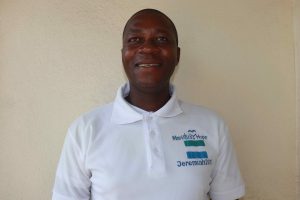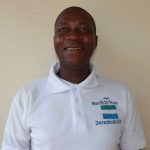38-year-old Mariama has lived in Tintafor since she was young, and every day she has faced a persistent water crisis. She is not alone. The 214 other people who live in this community also suffer daily without sufficient water to meet their daily needs.
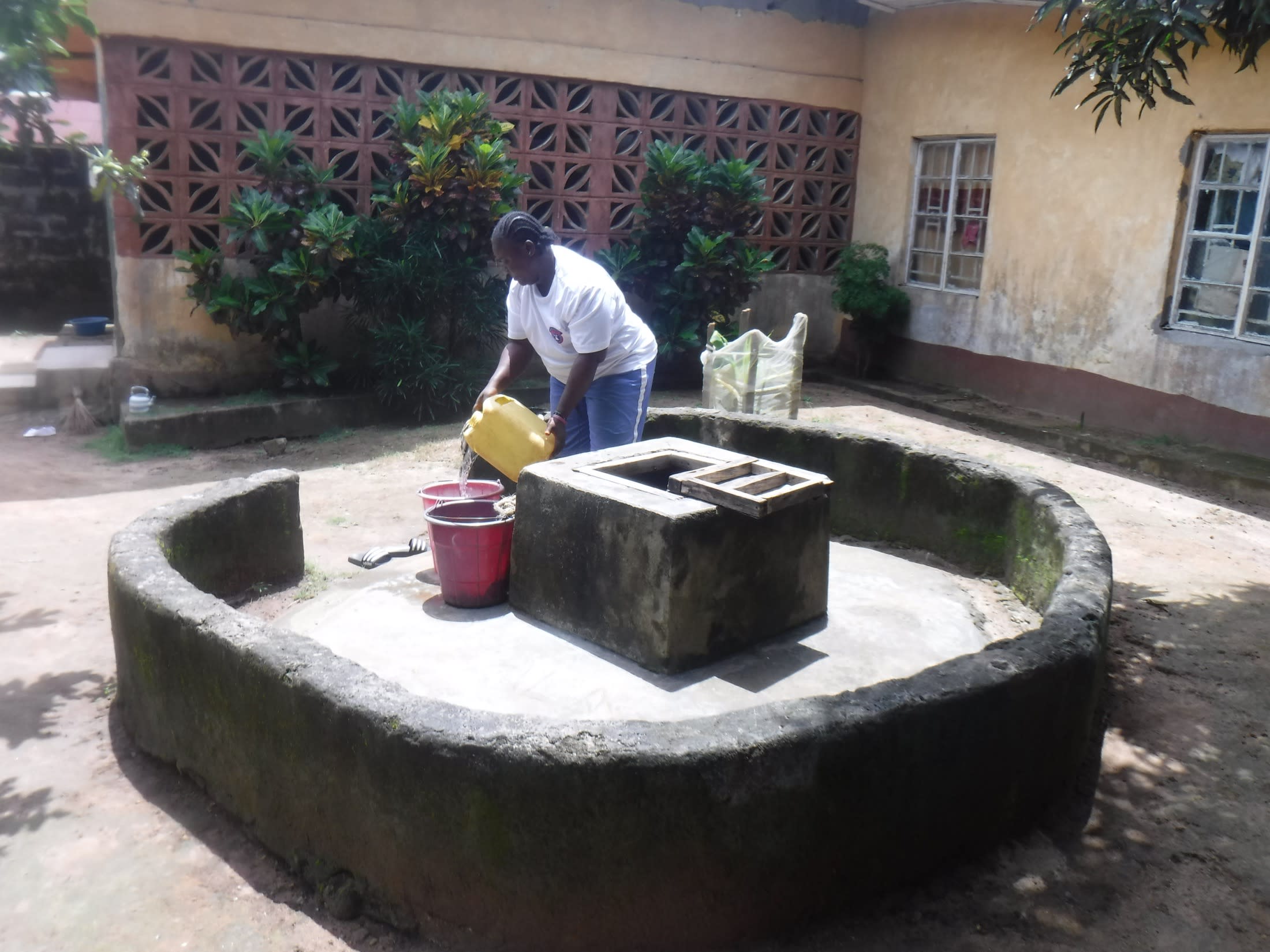
"I am the first daughter of the founder of this community. I have lived here for over 20 years, and since then, we have been suffering for water. The water crisis has been a significant issue in our community. If strict measures are not taken, [this] could lead to negative effects in our lives," said 38-year-old Marian, shown above collecting water from a private hand-dug well far from her home.
There is a well with a pump in the community (shown below), but it needs to be rehabilitated since it is too shallow, and has multiple issues that currently make it unreliable and risky to drink from.
When it is operational, the water recharge rate is slow, making it take longer to pump water and leading to overcrowding and exhaustingly long wait times.
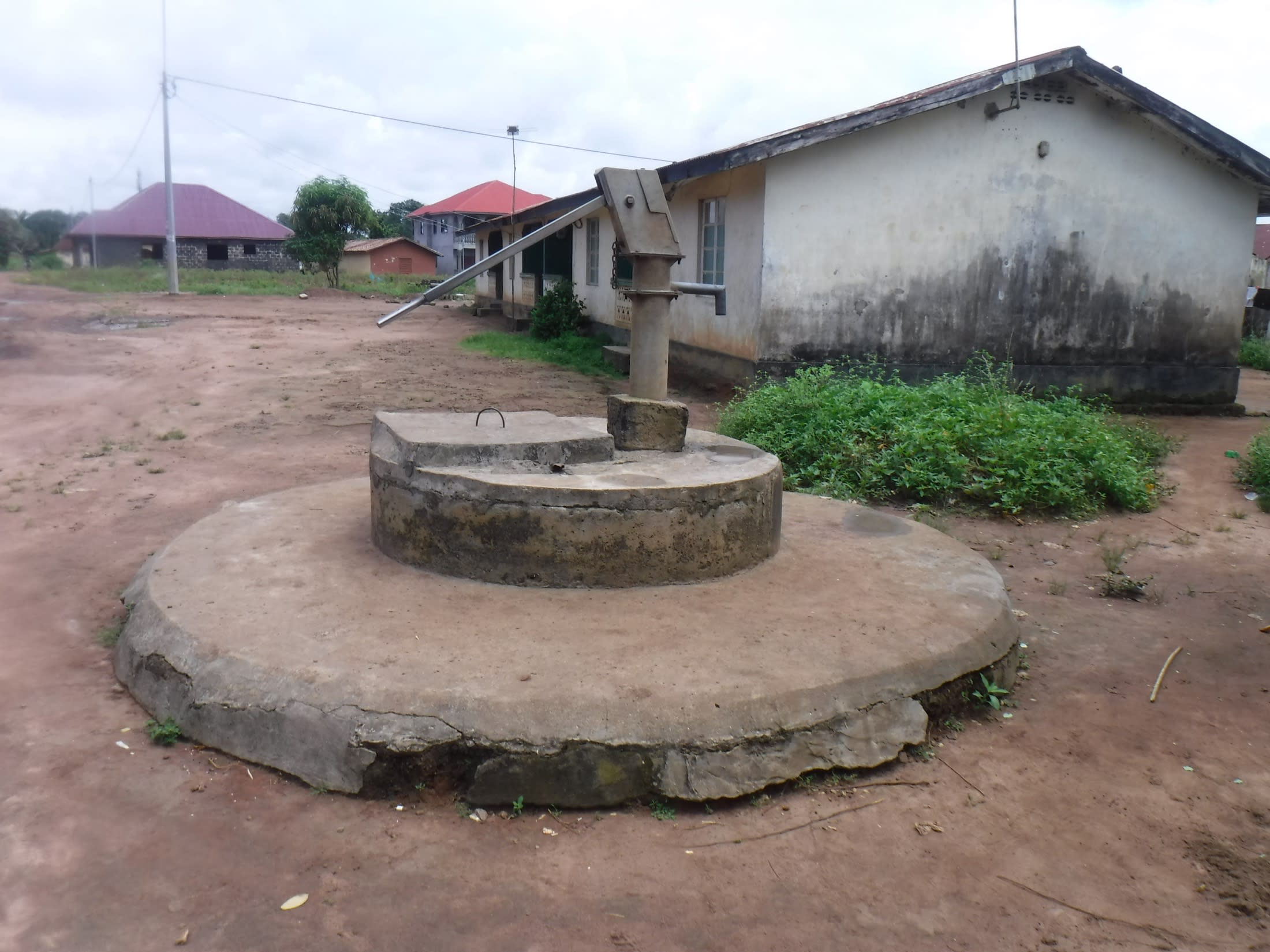
During the dry season, the months of March-May, the water all but dries up, leaving people to rely on an unprotected private well in the community (shown below). But access to the well is at the homeowner's discretion, and the amount of water that can be collected is often limited.
Community members must drop a bucket on a rope into the well to collect water, so dirt and contaminants easily enter the well and put everyone's health at risk.
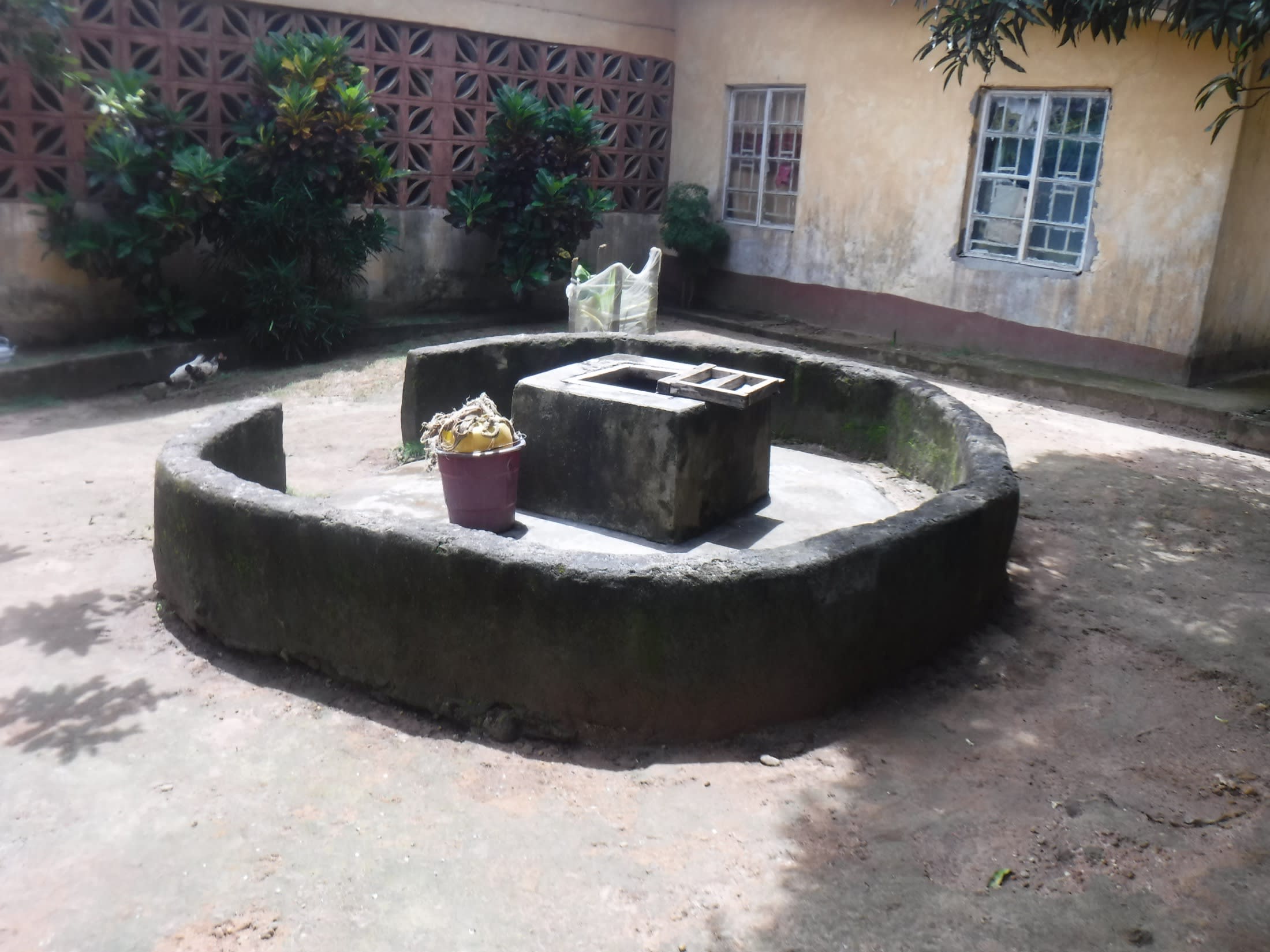
"Drinking from this water source has health implications like diarrhea, typhoid fever, and dysentery. In addition, the walking distance to the water source also affects their wellbeing, especially [for] children," said field officer Moses Kebbie.
"In the months of March to May, our main water source usually gets dry. We must walk to the alternate water source to fetch water. The alternate water source is private property, and the owners normally close it before the normal time. They also prevent us from fetching the number of containers we want. This really affects me and my family because the quantity of water we fetch is not enough for our daily activities," said Marian.
Sixteen-year-old Dominic C. echoed Marian's sentiment. "The water crisis has been a problem in our community," said Dominic (shown below).
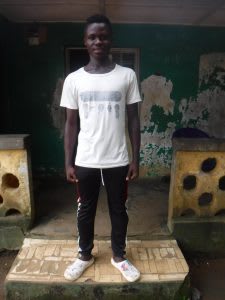
"The alternate water source is private property, and it is in full control in such a way that the fetching of water is sometimes restricted. The owner may not open the well [at] the time we need water. As a result of such, we are normally late to go to school. This really has a negative impact on our academic performance," said Dominic.
"The water crisis becomes more alarming during the dry season when the main water source gets dry," said field officer Moses. "Sometimes, after trekking a long distance, they meet people who are also trying to fetch water. The crowd will be so large that people will return home without getting water. Those who came first will fill all their containers before giving [a] chance to others. Sometimes, this will lead to a serious fight or quarreling around the water source, and this could lead to damage to the pump and even the materials they are using to fetch water."
Without water, many other things suffer. Adults find it hard to complete essential daily household tasks and make sufficient income, and students miss out on important learning time.
"As a trader, I need water before going to my business center," said Marian. "I always go to my business center late due to the water crisis, and this could result [in] a loss of customers. This really affect me and my family due to the reduction in profit I make for the day. I will not be able to feed my family with the right amount of food if my profit is less for the day."
"I sometimes return home late with few containers [of water]. Mum could even change her mind about preparing food because it is already late. This makes us go to bed on [an] empty stomach and prevent us from reading our books because of hunger. I am also responsible to clean the compound and the bathroom. This needs a lot of water, and I will not be able to do these jobs if there is no sufficient water in the community," Dominic said.
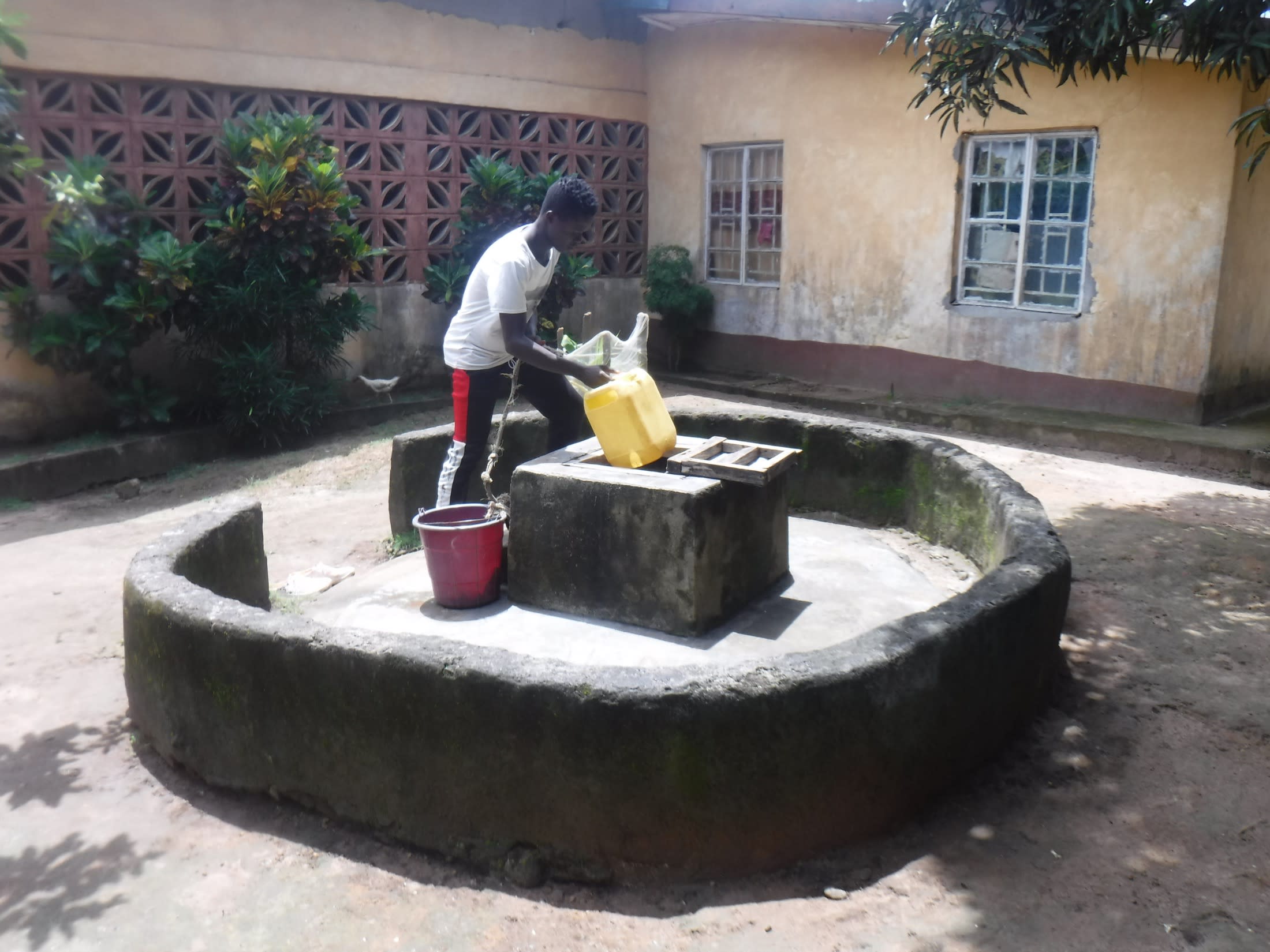
The lack of water available to Dominic also makes life at school difficult for him as he faces judgment from other students.
"We need water to clean our uniforms and shoes. Imagine using a white shirt for a complete two days without laundering it. It will change its color due to the dust in our community. I come from a poor family that cannot afford to buy enough shirts and shoes for me. I only have one pair [of] uniforms and a pair of shoes. That is the reason I need water to launder and clean everything. This problem of the water crisis makes our fellow students see us as irresponsible students due to the way we appear with our rough and dirty uniforms," shared Dominic.
The community members in this area of Tintafor need their well rehabilitated so it can produce sufficient water to meet everyone's needs, and water can be available throughout the entire year.
"I hope with the help of [you,] [it] will make everything easy for us to get safe and pure drinking water in our community," concluded Dominic.
Here’s what we’re going to do about it:
Well Rehabilitation
The well marked for this overhaul is dry for a few months every year and needs major work to supply adequate, clean water to the community year round. The pump will be removed, and a hand auger will be lowered inside and powered by a drill team. This hand auger will allow the team to drill several meters deeper to hit a sufficient water column that will ensure the well supplies water throughout all seasons.
As the team drills, casing will be installed, transforming the bottom of this hand-dug well into a borehole. PVC piping will connect this lower system directly to the pump, a construction that we know will also improve the quality of water.
Once this plan is implemented, everyone within the community will have access to safe drinking water in both quality and quantity, even through the dry months.
Hygiene and Sanitation Training
There will be hygiene and sanitation training sessions offered for three days in a row.
After our visit, the hygiene and sanitation trainer decided it would be best to teach community members how to build a tippy tap (a hand-washing station built with a jerrycan, string, and sticks). They will use these tippy taps for handwashing demonstrations, and will also teach about other tools like dish racks and the importance of properly penning in animals.
These trainings will also strengthen the water user committee that manages and maintains this well. They enforce proper behavior and report to us whenever they need our help solving a serious problem, like a pump breakdown.





 Borehole Well and Hand Pump
Borehole Well and Hand Pump









